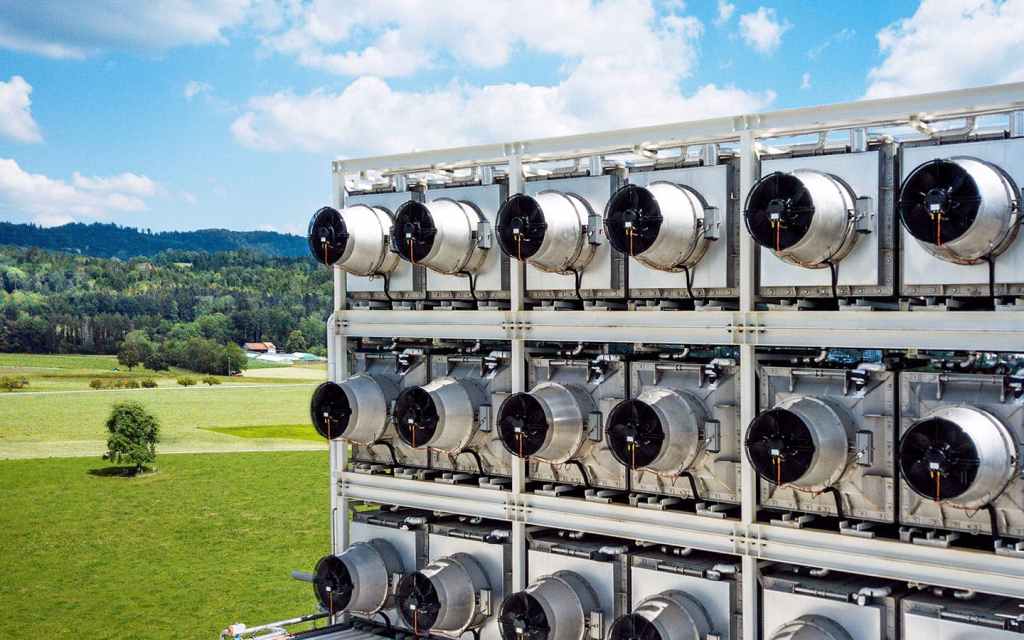Decarbonization
Why IKEA is investing in sustainable mobility
The Swedish furniture giant is focusing on clean transportation in its push to go 'climate positive.' Read More
Cleared for take-off: the low-carbon jet fuel market
Air travel has fallen 68 percent compared to 2019 levels due to the global pandemic. But cargo air shipments are up about 10 percent globally, attributed to changes in buying habits. Read More
Chewing on Chipotle's new food emissions labels
It's a step in the right direction, the metrics the restaurant chain uses to display data could nudge customers into making less sustainable choices. Read More
If offered Biden's lead EPA role, Mary Nichols would say yes
The California Air Resources Board Chair planned on retiring at the end of the year, but if called to duty following a Biden win, she says at the VERGE conference, she would accept. Read More
Plugging into Amazon’s fleet electrification strategy
During a conversation at VERGE 20, Amazon’s fleet director Ross Rachey offers insights into this massive undertaking: "Our goals are all aligned, and that's a really powerful jumping off point.” Read More
Today’s dairy industry is creating tomorrow’s environmental solutions
Sponsored: The Innovation Center for U.S. Dairy set environmental stewardship goals to advance dairy’s role in building a sustainable future. Read More
Fleet leaders share four recommendations for driving toward zero emissions
Managers from the Walmart, Anheuser-Busch, the city of Seattle and the Port Authority of New York and New Jersey talk strategy during the VERGE 20 virtual conference. Read More
Carbontech is getting ready for its market moment
As more companies seek direct methods of removing excess CO2, the innovation ecosystem is taking shape. Read More
Brown, female and on the bus: A personal journey into transportation policy
Racism, sexism and poverty led this policy leader to her vocation. Read More
Former Walmart exec brings ride-share technology to fresh produce transport
The trucking industry is stuck in the dark ages. This app is hauling it into modern times and bringing sustainability along for the ride. Read More









